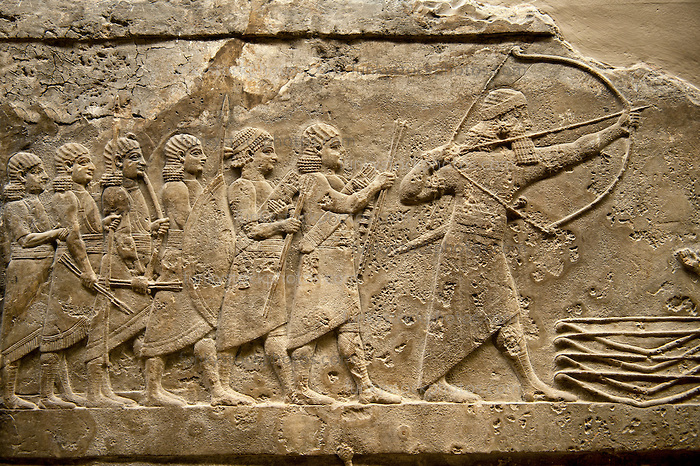Following my brain surgery and my week long stay in the King’s College Hospital neurology ward, I began to wonder how people transformed following brain injury or surgery might be able to narrate and communicate their transformations to clinical teams and loved ones.
As we discussed previously, neuroplasticity refers to the brain’s capacity to transform and change form throughout its lifetime, modulating neural subjectivity in response to life events and traumas; however, as the philosopher Catherine Malabou argues, plasticity is not a merely positive capacity for adaptation but also a dark creativity in which the brain can take the plastic form of a trauma it encounters, thus rendering someone unrecogniseable.
If (neuro-)plastic transformations had occurred in these people’s brains and lives, and these plastic changes defied the usual chronologies or logics of normative narrative structures, then their narratives would also have to be plastic.
What is a plastic narrative?
For inspiration as to what a “plastic narrative” might be, I turn again to the philosopher Catherine Malabou’s work Ontology of the Accident (2009).

In this book, Malabou argues that we must not only narrate “good” or “positive” plasticity, but indeed “destructive plasticity”. In other words, instances of neural trauma or pathology should not be seen as glitches or interruptions in “healthy” plasticity, but as valid plastic creations in their own right. Indeed, Malabou seems to argue, the powerful negativity of destructive plasticity seems to be central to the logic of all plastic creation and formation. A blown apart sculpture is still a sculpture, and a traumatised brain is still a brain.
Malabou suggests that, until now, cultural production and neuroscientific endeavour alike have been preoccupied with “good” plasticity, and therefore do not yet seem to have tools or forms necessary for communicating destructive plasticity.
Metamorphoses in literature, for instance, predominantly portrays transformation as a positive and helpful occurrence. Malabou reads Ovid’s Metamorphoses as a series of transformations which help the subject who is transforming. Daphne, for instance, turns into a tree in order to outrun Phoebus, and remains very much Daphne despite having taken the form of a tree. Likewise, in Kafka’s famous Die Verwandlung in which the protagonist Gregor Samsa wakes up to find himself transformed into a beetle, Gregor is still able to think and feel like Gregor despite his bodily metamorphosis. For this reason, Malabou argues, these are not true plastic narratives as they are unable to articulate the truly destructive potentiality of plastic transformation.
A plastic narrative, then, needs to be able to communicate transformation whilst retaining the radically of the temporal and formal disruptions and destructions at their core.

